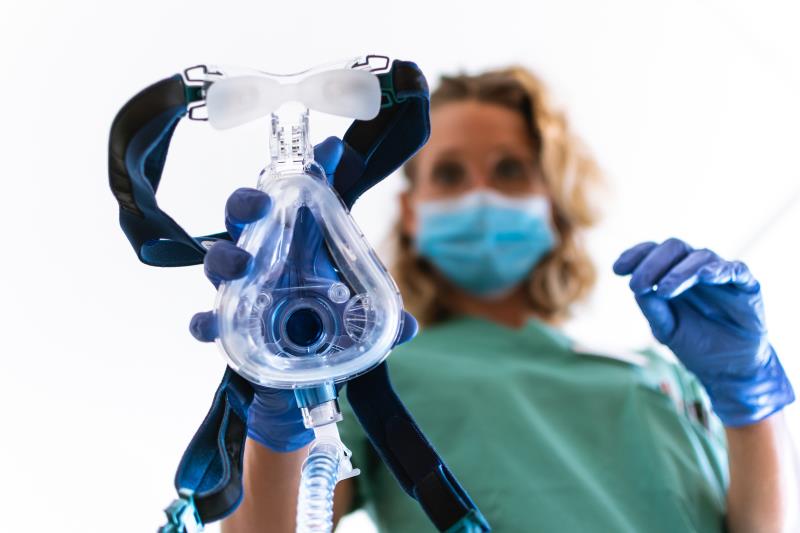Tocilizumab may cut intubation, death rates in severe COVID-19 pneumonia patients





Adding tocilizumab to standard-of-care* (SOC) may reduce the risk of invasive mechanical ventilation (MV) or death in patients with severe coronavirus 2019 (COVID-19) pneumonia, the TESEO** study has shown.
“[M]any countries are facing a shortage of mechanical ventilators, [which] could lead to difficult clinical choices about which patients to prioritize for treatment. Consequentially, a treatment that reduces [intensive care] admission is highly relevant not only to ameliorate [prognosis], but also to give more patients the opportunity to receive intensive care when needed,” said the researchers.
A total of 544 patients (median age 67 years, 66 percent male) received SOC. Of these, 179 also received tocilizumab, either as two IV infusions at 8 mg/kg (up to a maximum of 800 mg, 12 hours apart; n=88) or two SC 162-mg doses (one in each thigh; n=91) in case of IV formulation shortage. [Lancet Rheumatol 2020;doi.org/10.1016/ S2665-9913(20)30173-9]
After adjusting for key*** confounders, tocilizumab was associated with a reduced risk of the composite of invasive MV or death (adjusted hazard ratio [adjHR], 0.61; p=0.02), more so with IV tocilizumab (adjHR, 0.55; p=0.042).
However, a larger treatment effect was observed for mortality with tocilizumab (adjHR, 0.38; p=0.015), potentially due to the higher mortality rate in the SOC-only vs the tocilizumab arm (20 percent vs 7 percent; p=0.0007).
The similar MV rates between the SOC-only and the tocilizumab arm (16 percent vs 18 percent) suggest that “the rates of MV alone made little contribution to the difference observed,” said the researchers.
The rate of new# infections was markedly higher in the tocilizumab vs the SOC-only arm (13 percent vs 4 percent; p<0.0001). While this seems alarming, this merits further exploration as the trial design and short follow-up precluded long-term evaluation of AEs, they pointed out.
One tocilizumab recipient who was also on high-dose glucocorticoids died due to liver failure after HSV-1## reactivation. “[This] suggests the importance of screening for herpes virus reactivation, especially if glucocorticoids are added,” they stressed.
The lack of randomization may have introduced bias despite the large sample. The open-label design may have also led to inconsistencies in the timing of the shift to MV. “[E]ven if suggested by guidelines, [the indication for MV] still relies on clinical judgment, which might vary according to experience and availability of resources,” they said.
Going off-label
Although initially indicated for immune-mediated inflammatory conditions###, growing evidence on the potential of tocilizumab in the COVID-19 setting has led to its off-label use. [Expert Rev Clin Immunol 2019;15:813-822; Clin Exp Rheumatol 2020;38:529-532; Autoimmun Rev 2020;19:102568]
“[Nonetheless,] tocilizumab use in severe COVID-19 pneumonia is still in its infancy, and the best treatment strategies have yet to be developed,” noted the researchers, hence the need for validation from ongoing studies.
“The most crucial question concerns the relative utility of tocilizumab vs other non-specific immunomodulatory agents (including corticosteroids) and other cytokine-directed therapies, which is the focus of multiple ongoing randomized trials,” commented Dr Grant Schulert from the Cincinnati Children’s Hospital Medical Center in Ohio, US. [Lancet Rheumatol 2020;doi.org/10.1016/ S2665-9913(20)30210-1]
“Immunosuppressive treatments might be most helpful earlier in the disease: after the onset of severe disease but before florid respiratory failure,” added Schulert.